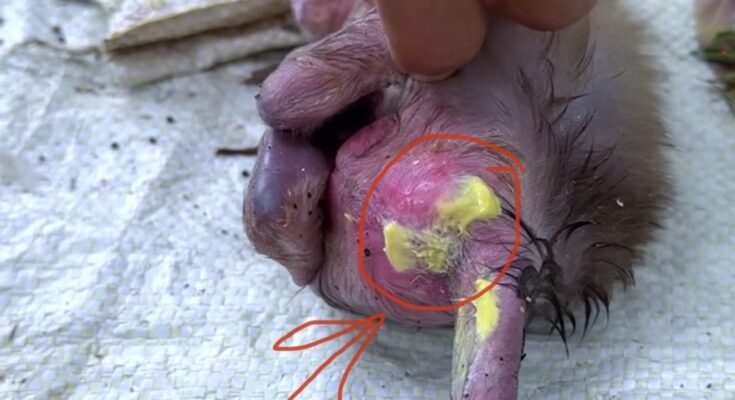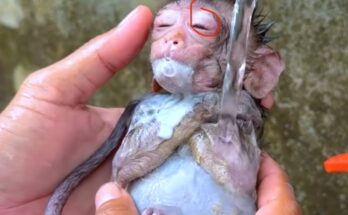Diarrhea in young monkeys is a common but potentially serious problem that can quickly escalate when caused by viral infections. While mild digestive disturbances are not unusual in primate infants, viral pathogens introduce a more complex set of challenges that caregivers, researchers, and wildlife conservationists must understand. Several factors contribute to the development, spread, and severity of viral diarrhea in young monkeys, and being aware of these can improve prevention, management, and overall primate welfare.
One of the most significant elements to consider is the immature immune system of young monkeys. Much like human infants, baby monkeys rely on maternal antibodies for early protection. As they grow, their bodies gradually build independent immune defenses. During this transition, they are highly vulnerable to viral agents such as rotaviruses, enteroviruses, and other gastrointestinal pathogens. A weakened or developing immune system often means a mild viral exposure can quickly develop into a severe condition.
Environmental conditions also play a crucial role. Overcrowded enclosures, inadequate sanitation, or exposure to contaminated water sources are major contributors to viral spread. In both captive and wild settings, young monkeys that explore their surroundings by touching, tasting, or grooming are more likely to encounter pathogens. Warm, humid environments further increase the survival rate of viruses on surfaces, heightening the risk of transmission. Maintaining clean habitats and proper hygiene practices is essential in reducing outbreaks.
Another important factor is dietary transition. As young monkeys shift from nursing to solid foods, their digestive systems undergo substantial changes. Introductions of new foods, especially those not properly cleaned or those contaminated by infected individuals, can increase susceptibility. Inappropriate or sudden dietary changes can also irritate the gut, weakening the monkey’s natural defenses and making viral infections easier to establish.
Social behavior among monkeys is another dimension that influences viral diarrhea. Grooming, close play, and shared feeding spaces create constant physical contact among troop members. While these behaviors are critical for social development, they also provide a pathway for viral transmission. Young monkeys, who often engage the most energetically in these interactions, face higher exposure rates. Monitoring social dynamics, especially during known outbreaks, can help mitigate the spread.
Stress and overall health status are additional elements that cannot be overlooked. Stress—from environmental changes, maternal separation, captivity, or competition—can suppress immune function. Malnourished or previously ill monkeys are also at higher risk of experiencing more severe symptoms when exposed to viral agents. Ensuring emotional and physical well-being is a key preventive strategy.
Finally, early detection and monitoring play crucial roles. Observing subtle behavioral changes—such as reduced activity, loss of appetite, or increased grooming focused on the abdominal area—can help identify viral diarrhea early. Timely intervention not only improves outcomes but also helps prevent transmission to other troop members.
Understanding these factors provides a foundation for protecting young monkeys from viral diarrhea. By addressing environmental hygiene, social management, stress reduction, and early monitoring, caregivers and researchers can significantly reduce the impact of this common but concerning health challenge.



